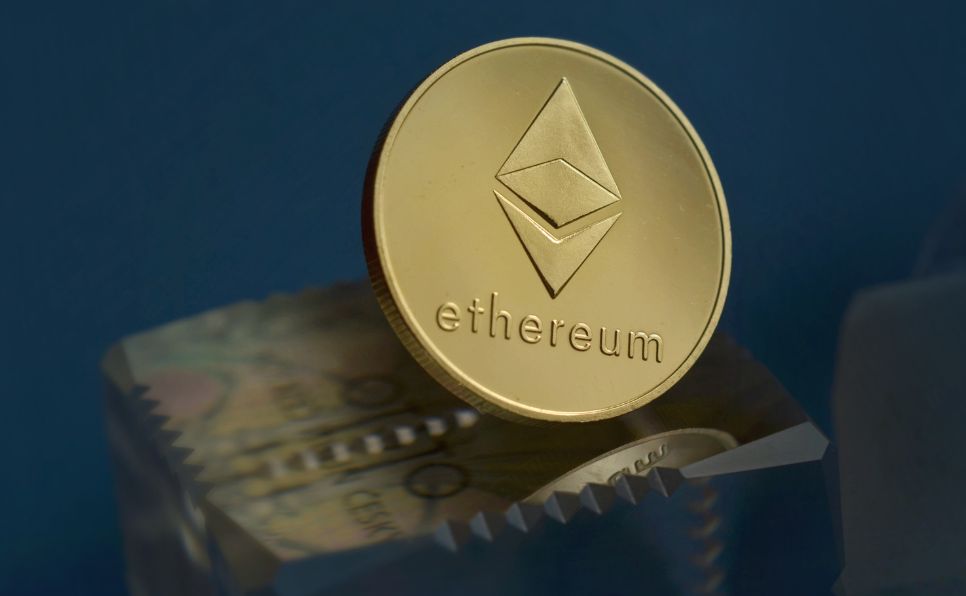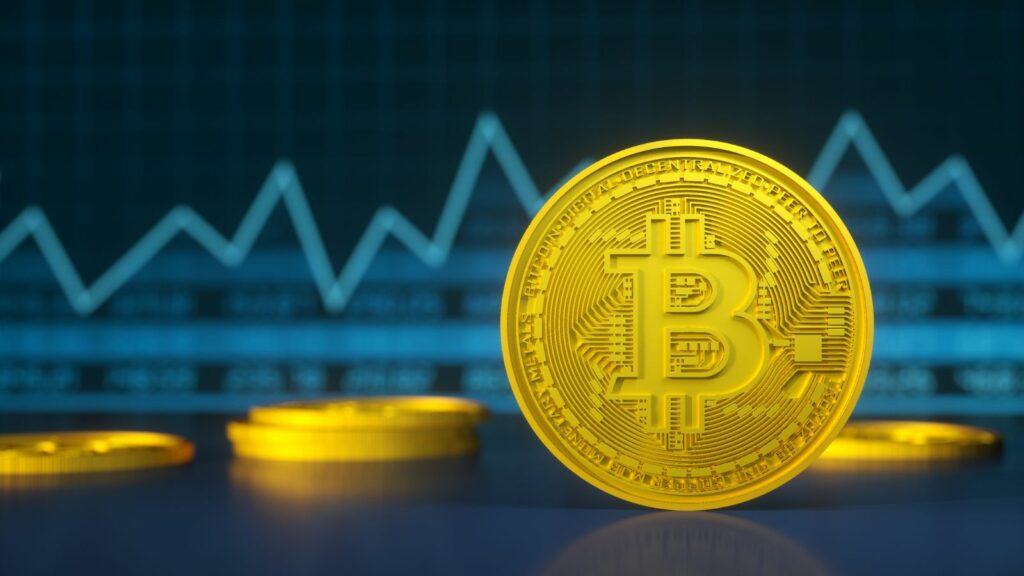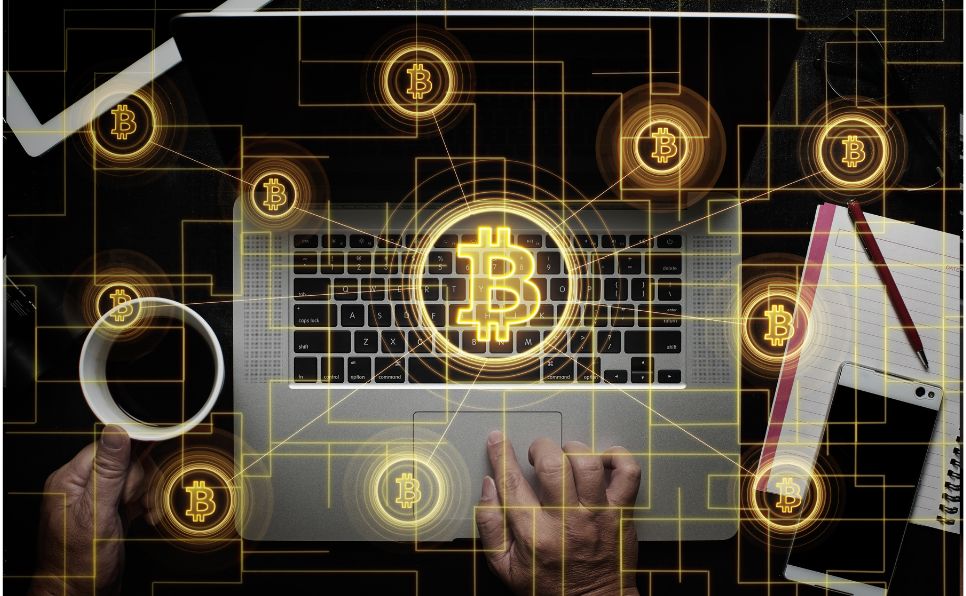Ethereum has embarked on a monumental journey known as Ethereum 2.0, a comprehensive upgrade poised to reshape the very foundation of the network. This upgrade promises to be a game-changer, enhancing Ethereum’s speed, scalability, and efficiency while charting a course toward a more sustainable future for blockchain technology.
To comprehend the significance of Ethereum 2.0, it’s essential to grasp the broader context of this transformative plan. Ethereum, like its predecessor Bitcoin, initially operated on a proof of work (PoW) consensus mechanism. This mechanism relies on miners and their computationally intensive processes to validate and confirm transactions on the network. However, Ethereum 2.0 is set to evolve beyond PoW, adopting a proof of stake (PoS) consensus mechanism similar to the likes of Solana and Cardano.
The transition to PoS is pivotal: it will eliminate the need for miners and their increasingly powerful computers, marking a significant stride toward environmental sustainability. Ethereum 2.0 holds the promise of processing thousands of transactions per second, a remarkable leap from its current throughput of 16 transactions per second, while consuming a staggering 99.95% less energy.
Let’s Dive Into The Details: What To Expect From Ethereum’s Transition
As mentioned, Ethereum, the second-biggest cryptocurrency, is in the midst of a massive upgrade to Ethereum 2.0, which promises to improve the network’s speed, scalability, and efficiency. For an overview of these changes, check out our previous blogs, What Is Ethereum 2.0 and Ethereum’s London Hard Fork.
The end goal is to transform Ethereum from a proof of work (PoW) blockchain, like Bitcoin, to a proof of stake (PoS) blockchain, like Solana or Cardano. Doing so will eliminate the need for miners (and their power-hungry computers) to confirm transactions. Ethereum 2.0 will be capable of processing thousands of transactions per second (up from 16 TPS) and require 99.95% less energy.
But with more than half a trillion dollars in Ethereum, developers are being understandably cautious about deploying upgrades. Rather than upgrade the whole network at once, they’re implementing a handful of smaller changes over time. The most recent upgrade, Altair, went live on October 27, 2021.
Understanding Ethereum’s Altair Upgrade
Instead of implementing sweeping changes in one fell swoop, developers have chosen a phased approach, rolling out a series of incremental improvements over time. The most recent of these upgrades, Altair, saw the light of day on October 27, 2021. But that wasn’t where the upgrades began. In December of 2020, Ethereum launched the Beacon Chain, a PoS blockchain that runs in parallel with the Ethereum mainnet. The Beacon Chain doesn’t record transactions or smart contracts. All of that still takes place on the mainnet. Right now, the Beacon Chain only keeps track of validators, the people/groups who propose and verify new blocks.
The Altair upgrade is the first upgrade to the Beacon Chain. Although the changes aren’t very sexy, they prove that the chain can be upgraded successfully. ETH developers have always been confident that doing so would be possible, but knowing something will work in theory is a lot different than actually making it happen. And with the success of the Altair upgrade, the eventual upgrade to ETH 2.0 is now that much more inevitable. It might not be the flashiest of updates, but it underscores a critical point: Ethereum’s ability to adapt and evolve.
So what does Altair do? In laymen’s layman’s terms, the upgrade makes it possible for basic computers, like mobile phones, to act as validators, proposing and vouching for new blocks on the Beacon Chain. It also increases penalties for inactive or malicious validators. These shifts have a huge impact!
Increasing Penalties
Whether using a mobile phone or a sophisticated server, validators need to maintain a consistent connection to the network. For doing so, they receive rewards, similar to miners on PoW blockchains. But unlike miners, validators are penalized if they disconnect for long periods of time or if they attempt any (potentially) malicious activity, like proposing two blocks at the same height.
The Altair upgrade increases these penalties, motivating validators to stay connected and follow the rules. The penalties for malicious activity, like double-signing, doubled from 0.25 ETH to 0.5 ETH. And the penalties for inactivity increased by roughly 25%. Although these changes won’t affect the vast majority of ETH holders directly, they pave the way for a faster, more sustainable, and more secure network.
The merge of the Beacon Chain and the Ethereum mainnet is the next planned upgrade, estimated to take place in early 2022. It’s possible that the developers will see the need for additional upgrades before then, but only time will tell.
Significance Of Altair’s Upgrades
There are several points of significance that we can expand upon to better understand how Altair is making an impact. An important main point we should discuss is the improvements in sustainability.
How Altair Improves Sustainability
Ethereum’s Altair upgrade has taken significant steps to improve the sustainability of cryptocurrency, particularly by reducing the energy consumption associated with its consensus mechanism. To understand this improvement, let’s first focus on the computing power and energy requirements that were necessary before the upgrade and how Altair has addressed these issues.
Proof of Stake Replaced Proof Of Work
PoW mining is notorious for its high energy consumption. The energy-intensive nature of PoW is a result of miners competing to solve puzzles, with the first to solve it receiving the reward. This competition requires miners to continuously run their powerful computers, often in large mining farms, consuming vast amounts of electricity. The energy consumption of PoW blockchains, including Ethereum, has raised significant environmental concerns. The carbon footprint of PoW networks, driven by coal and fossil fuel-powered mining operations in some regions, has drawn criticism for its impact on climate change, as well and crypto’s reputation has been criticized for its energy usage.
The Altair upgrade marks a pivotal step towards Ethereum’s transition from PoW to PoS, a transformation designed to enhance sustainability in several ways. This shift has paved the way for innovation in the crypto world, and its success emphasizes the opportunities for other networks to improve their technologies and focus on their environmental impacts.
Eliminating mining has made a huge difference. Perhaps the most significant sustainability improvement is the elimination of mining altogether. PoS blockchains like Ethereum 2.0 rely on validators rather than miners to confirm transactions. Validators are chosen to create new blocks based on the amount of cryptocurrency they “stake” as collateral, rather than competing through energy-intensive computations. This shift away from large computers drastically reduces the energy consumption associated with Ethereum.
Energy efficiency plays a role as well as PoS blockchains are far more energy-efficient than their PoW counterparts. Since validators do not engage in resource-intensive mining activities, they can operate on standard hardware, including low-power devices like mobile phones. This not only conserves energy but also democratizes participation in securing the network.
Altair also introduces penalties for validators who exhibit inactivity or engage in malicious activities, such as double-signing blocks. These penalties incentivize validators to remain active and maintain a consistent connection to the network, ensuring the network’s reliability without the need for excessive energy consumption.
While Altair’s changes may not be as immediately noticeable to most ETH holders, they lay the groundwork for a more sustainable, secure, and efficient network. Altair demonstrates Ethereum’s commitment to reducing its environmental impact while improving scalability and security.
Are You Ready for ETH 2.0?
If you’re looking to pick up some Ethereum, you can buy Ethereum online with a credit card right here on our site. Or, stop by one of our many crypto ATM locations to buy with cash!




